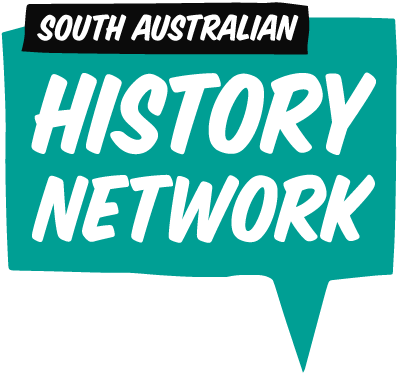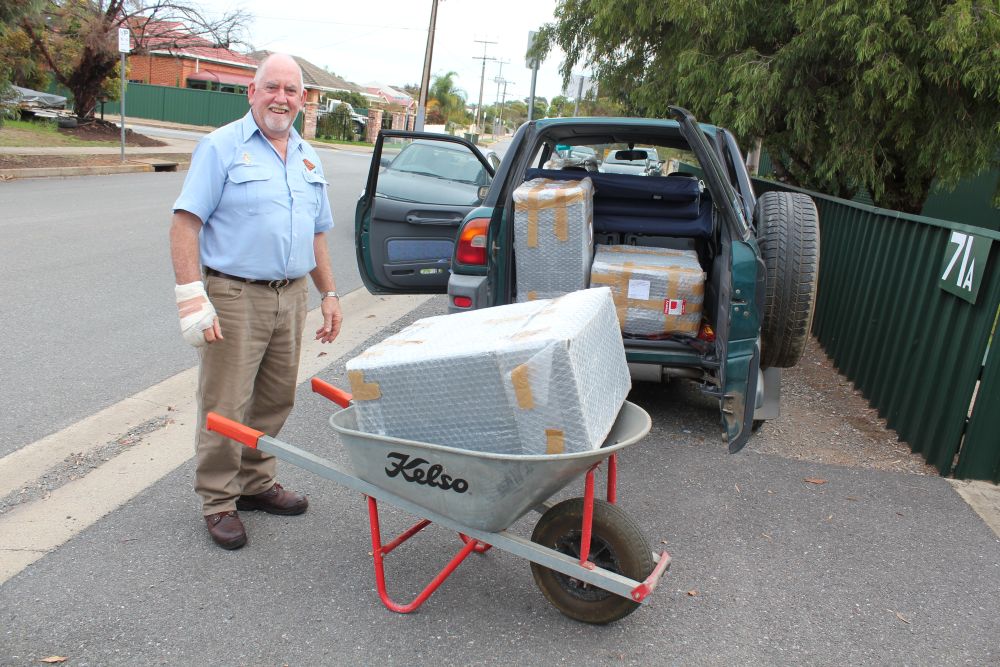Fifty years ago, the PS Marion became a static museum in the Randell Dry Dock at Mannum cementing the small township as the birthplace of the paddle steamer in Australia.
The Governor of South Australia, His Excellency Rear Admiral Kevin Scarce AC CSC RANR, and Mrs Scarce will be attending the 50th anniversary celebrations and on board the PS Marion from Bowhill to Mannum taking part in the reenactment of what was supposed to be the last voyage of the Marion in 1963.
Fifty years ago, the PS Marion made the five day trip back from Berri to its new home in Mannum where it sat in the Mannum Dry Dock for over 30 years until its dedicated restoration by over one hundred volunteers and its recommissioning in 1994 some 20 years ago.
To celebrate this milestone at Mannum a river festival day will be conducted at Mary Ann reserve on Saturday 15 June 2013.
The PS Marion left Mannum Tuesday 28 May for Berri in readiness for the 50th Anniversary re-enactment trip back departing on 6 June and arriving in Mannum on 15 June.
Don’t miss the loading of the cargo at Berri wharf on 6 June where the crew will be dressed in replica t-shirts worn 50 years ago and official proceedings conducted by Mayor Peter Hunt of the Berri/Barmera Council.
If you would like to be part of history again on the Murray River with PS Marion and help celebrate her 50th Anniversary in Mannum, short cruises are on offer at Berri on Sunday 2 June and at Waikerie on Sunday 9 June, and departs Berri on 6 June for the re-enactment voyage arriving in Mannum on the 15 June for a River Festival day.
50 years ago crowds lined the banks of the Murray River in the town ships of Berri, Loxton, Cobdogla, Kingston, Waikerie, Morgan, Blanchetown, Swan Reach, Purnong and Bowhill as the unloved heritage vessel built in 1900 meandered down river towards Mannum. The crew had special t-shirts produced for the trip which are being replicated for the re-enactment cruise along with the original cargo being loaded on board.
The 50th Anniversary Committee, which includes original members John Norris and Chris Snow, are organizing a shipment of brandy to again be sent to the Queen to re-enact this gift forwarded back in 1963.













Recent Comments